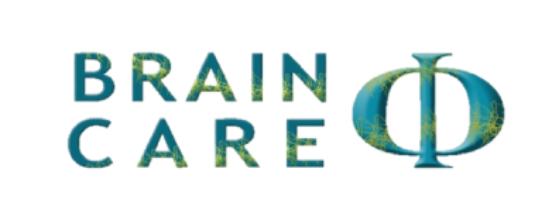
qEEG Brain Mapping
Psychological assessments are often oriented towards understanding where an individual is at in terms of feelings, behaviour, or cognitive ability.
qEEG or Brain Mapping, on the other hand, is an assessment focused on the physiology of the brain, by exploring and imbalances in its activity. For example, problems in the areas that control functions like language and memory may be linked to the diagnosis of ADHD, Autism Spectrum, or Learning Difficulties, to name a few.
But, what is a qEEG?
Early in the 20th century scientists started reading the brain’s electrical activity through the use of EEG (Electroencephalogram). This activity was registered using big equipment, and the brainwaves activity used to be printed in large sheets of paper.
What is a qEEG? (AKA Brain Mapping)
A Quantitative Electroencephalogram (qEEG), also called Brain Mapping is the measure and interpretation of the type of activity present in each area of the brain. In this assessment, the individual wears a cap with electrodes for a short amount of time, with eyes closed, open, or while performing simple tasks. A computer then records the brainwaves in different areas of the brain. This activity is linked to the individual’s cognitive functioning, learning, memory, attention and many other aspects.
What information is in a qEEG / Brain Mapping Report?
A QEEG typically includes a measurement of frequency bands (Delta, Theta, Alpha, Beta and Gamma waves). It also includes Power Spectral Density (PSD), which is a measurement of the power of each frequency band. Relative Power establishes the comparisson of power in different frequency bands against a normative database.
Asymmetry identifies imbalances between hemispheres, which may indicate issues (e.g., anxiety or depression). Lastly, coherence is the assessment of connectivity between different brain regions, indicating how well they communicate.
This is how a qEEG is done in real time:
qEEG and Brain Mapping Report
The rapid sophistication of healthcare tools allow qEEG results to be compared to huge normative databases, and then be translated into what is known as ‘Brain Mapping’. Brain maps are images in 2D and 3D generated by powerful software, based on the results of a qEEG reading. This allows a clinician to visualise and identify imbalances in different areas of the brain. For example, slow Alpha, Delta and Theta waves in the frontal lobe are often displayed by patients diagnosed with depression. Here are some examples of what a report may look like:
I have my qEEG assessment results, what’s next?
A trained clinician may then suggest potential interventions, such as neurofeedback or cognitive training as well as psychotherapy interventions. In some cases it may be relevant share these reports with third parties, such as other medical practitioners. A new measurement post-intervention may show the effectiveness of the clinician’s approach.
Areas that we have a great deal of success in- either completely normalizing the client or dramatically improving their functioning – include Traumatic Brain Injury, Autism, ADHD, Learning difficulties, Anxiety, Depression and especially Epilepsy. At Brain Care we strive to offer the best-practice neuromodulation and brain training methods. We achieve this by using internationally acclaimed protocols. As a principle, we only use scientifically validated assessments and interventions. These are some of our Success Stories.
Want to know more? This is what to expect about qEEG assessments at Brain Care. Or visit our qEEG FAQ.
Feel free to Contact Us for more information -our friendly staff is always happy to help.
Why Our Combined Approach
Psychotherapy offers great tools for developing coping strategies, but it is not always enough when problems are persistent. In contrast, qEEG Brain Mapping and Neuromodulation are science-based processes that uncover an individual’s brain function in a far more specific and comprehensive way than traditional questionnaires and assessments -thus our interest in this area.
However, the same occurs the other way around, and while Neuromodulation produces measurable results, patients and their families still benefit greatly from counselling to support them through the challenges they may face during their journey. Therefore, we offer an approach that combines both psychotherapy and neurotherapy for optimal results.
Afterpay is available at Brain Care
Contact Us







